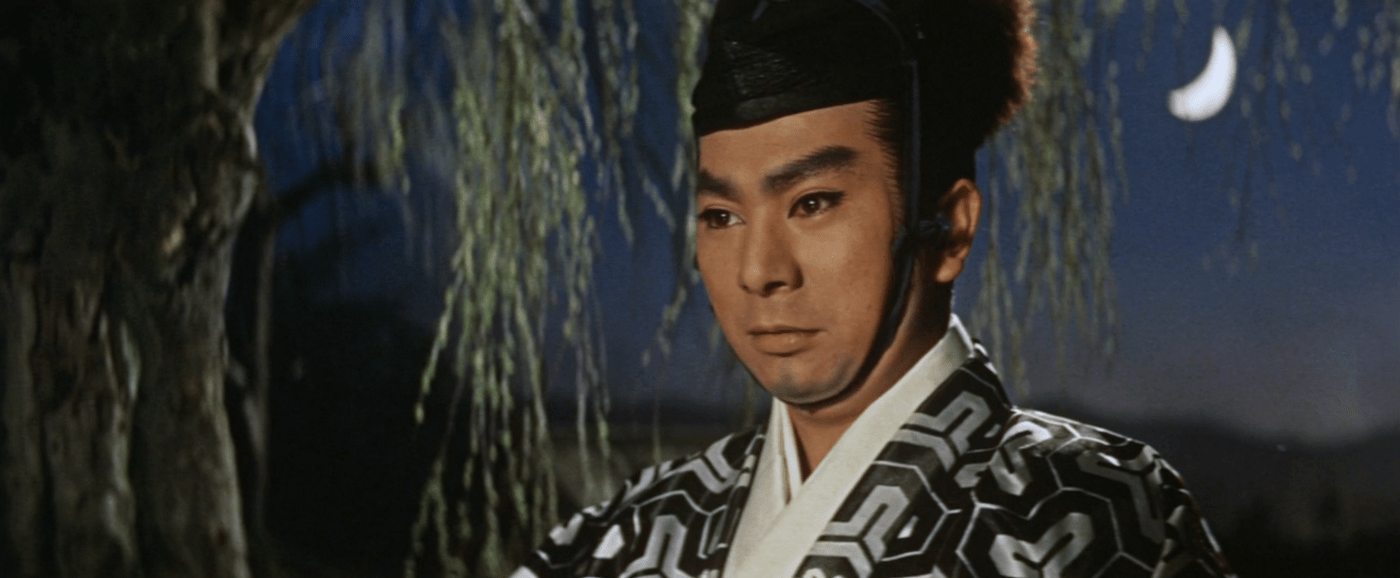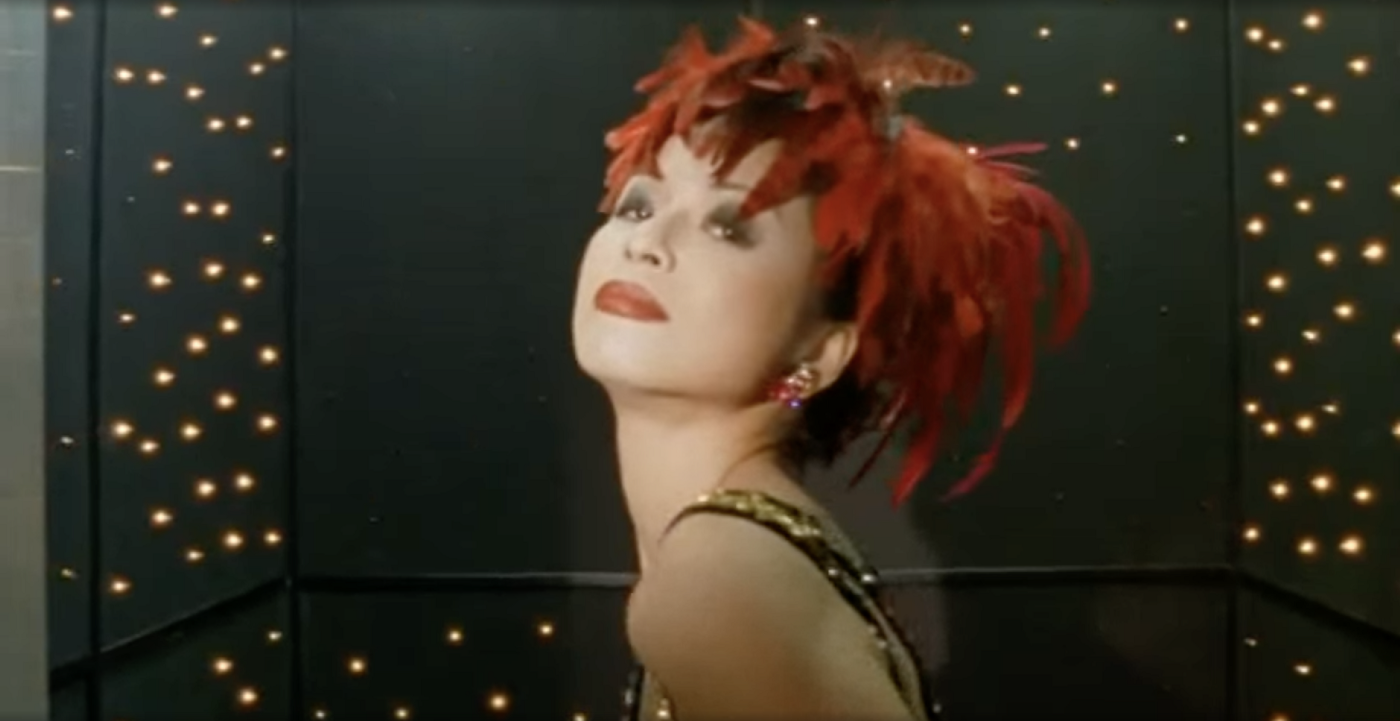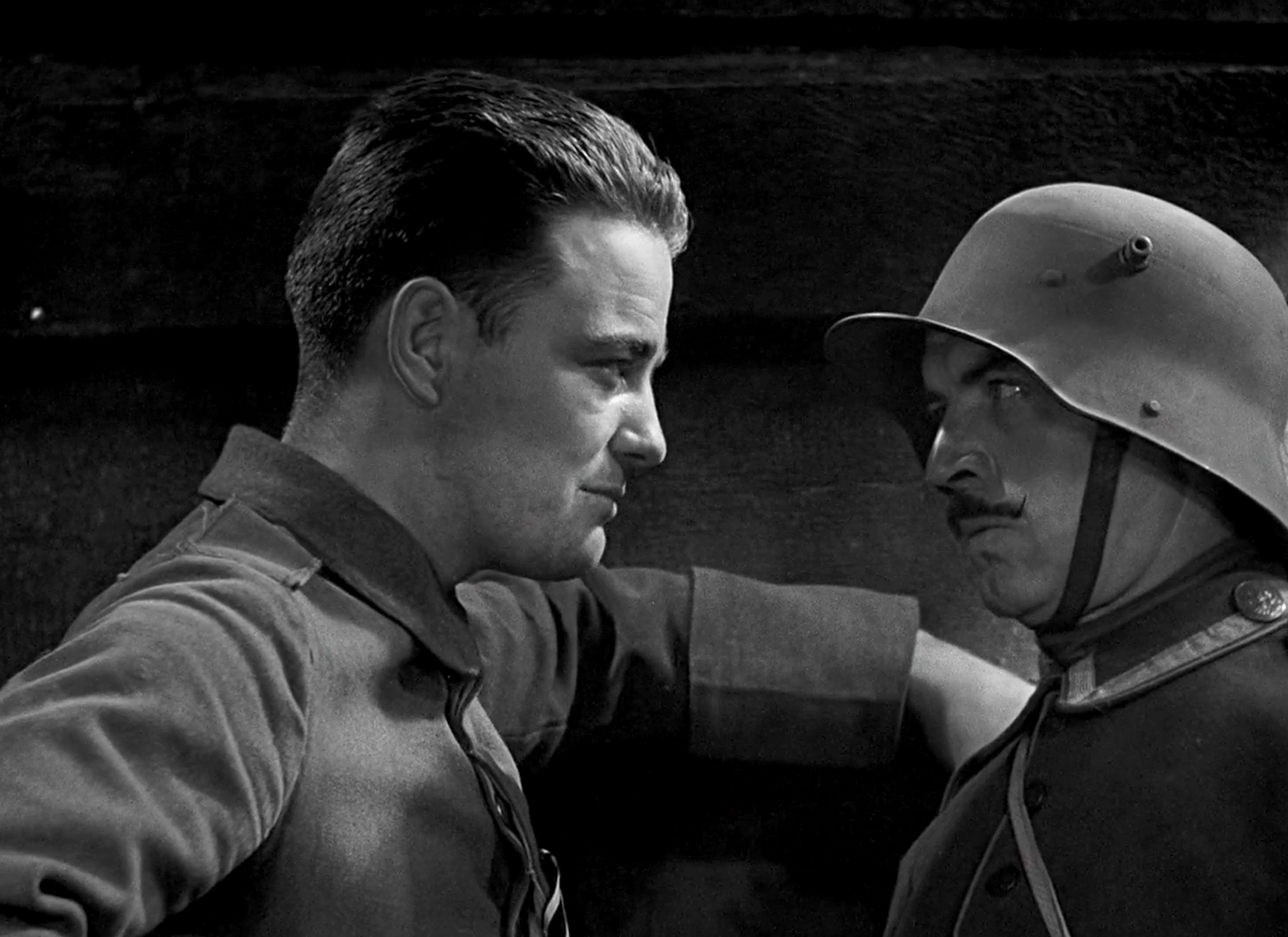
The Demon of Mount Oe (Oe-Yama Shuten Doji) is many things. It’s gorgeous but some of the staging and effects look like low-budget pulp. It is dramatic but often veers into overwrought melodrama. The story has too many characters, too many vendettas, too many plot twists, but even if you can’t follow it you can’t look away.

I don’t know if it’s a great film, a ridiculous film, or something in between. It has palace intrigue, demons and magic, giant beats, forbidden love, unrequited love, tragic love, romantic love, and samurai warriors. There’s blood and ghosts, and pomp and ceremony, even some dancing, but some of it misses the mark. It’s an uneven film in almost every way, but its highs are phenomenal and its lows are not so much bad as they are campy which adds up to something well worth watching.

Most of the characters are well developed and have nuance but some of their soliloquies are so affected they sound like they belong in a Verdi opera. To its credit, the film avoids the simplicity of protagonist vs antagonist and renders something more complex but then everything is interrupted by a giant fire-breathing spider puppet thing that belongs in a drive in horror movie.

When Oe-Yama Shuten Doji gets it right it is stunning. You could watch the film with the sound off just for the costumes, make-up, and interiors. They used yards and yards of the most exquisite fabrics. The cinematography and compositions are wonderful as well, but then someone turns on a fog machine and some blue lights and suddenly we’re in a Pat Benatar video from the 80s.

Japan is responsible for some of the most beautiful imagery ever to appear on screen. I can’t think of western equivalents to Gate of Hell, or Floating Weeds. When Oe-Yama Shuten Doji hits its mark it can easily stand alongside Ran or Love, Thy Name Be Sorrow..

The film was directed by Tokuzô Tanaka in 1960, a good 20 years before Ms. Benetar’s was making videos. Tanaka worked with Kurosawa on Rashomon and of course like most Japanese directors Tanaka also took a turn directing a few Zatoichi films.

Oe-Yama Shuten Doji is based on an old legend that Japanese audiences may well have been familiar with. It is certainly rich material with plenty to draw from but Tanaka would have benefited from a more focused vision. Stylistically he needed to choose whether to make the film an adventure epic like Sinbad the Sailor, or a palace court drama like Ran. Visually I can excuse the floppy fake monsters, if he spent all his budget on kimonos so be it, but fog machines and blue laser lights just don’t fit with the rest of the film.

The film is less a diamond in the rough than a diamond with a crack in it, but it is still definitely a diamond.

If you enjoyed this article click here for more
www.filmofileshideout.com/archives/the-crimson-bat-blind-swordswoman-series



